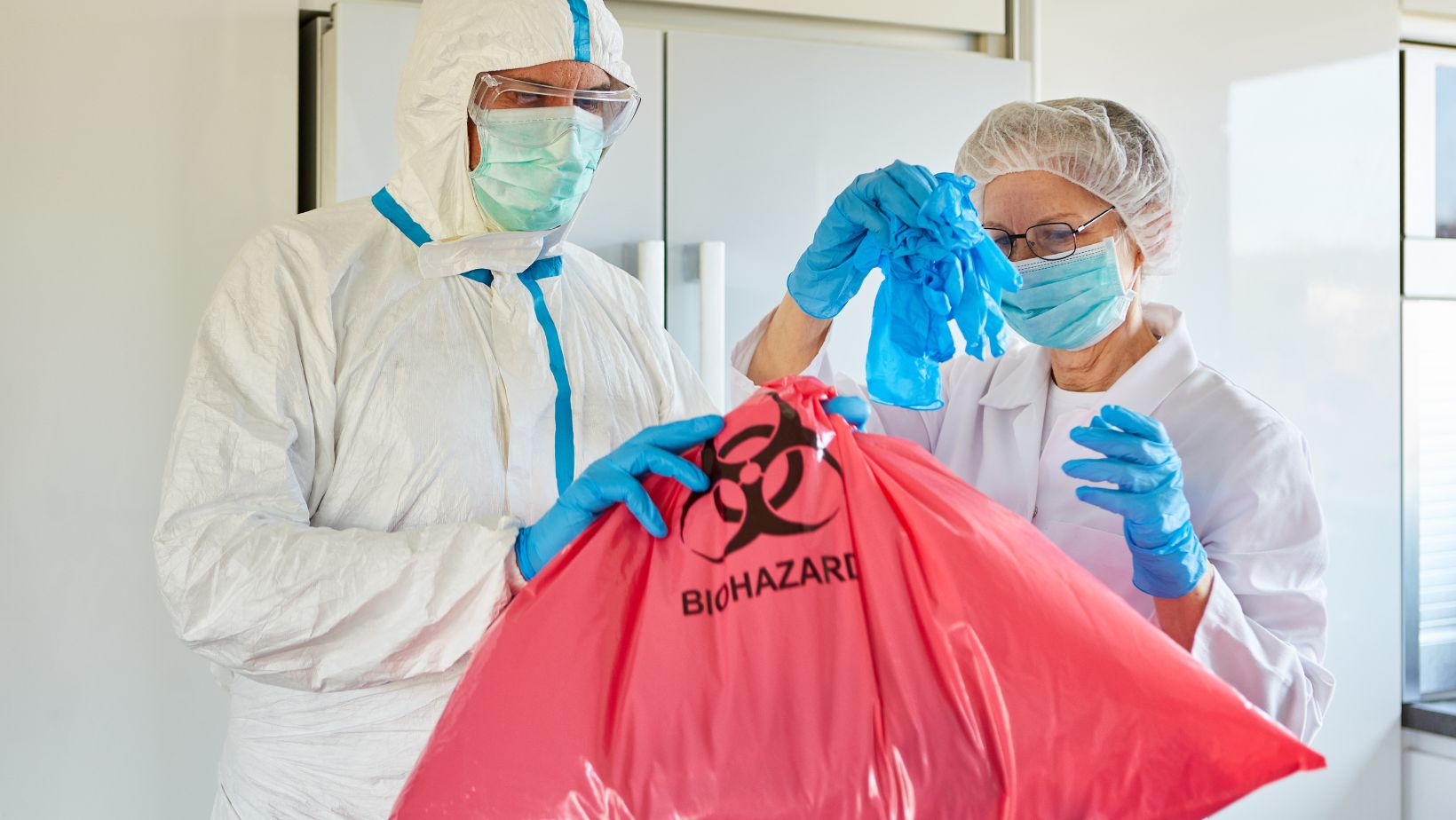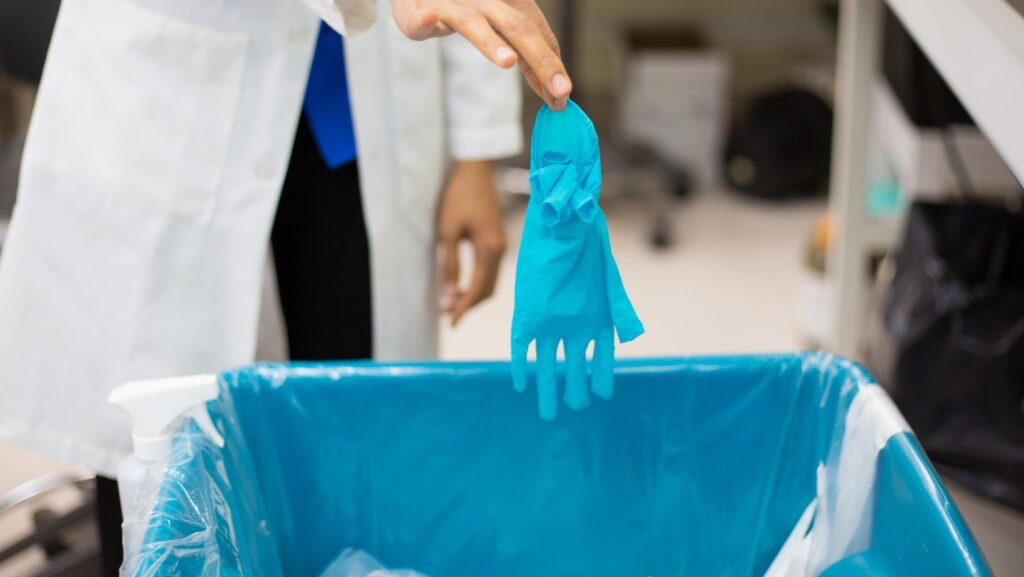Three months into the UK’s disposable vape ban, and honestly? The vaping world looks completely different. What I initially thought would be a massive headache has actually turned into something quite exciting. Products like the Hayati Pro Ultra system are proving that going green doesn’t mean giving up convenience. If anything, it’s the complete opposite.
Post Ban Reality: What’s Actually Happening Out There
Since June, when single use vapes got the boot, the Vape UK market has been through its biggest shake up in years. And you know what? Those five million disposables we were chucking every week have simply vanished from the waste stream. Gone.
The numbers are already looking promising. Fewer fires at waste facilities (thank goodness), and councils are reporting less vape litter on the streets. Though I’ll be honest, the transition wasn’t exactly smooth for everyone at first.
I’ve spoken to loads of vapers who were genuinely worried about switching from disposables. The thought of fiddling with coils and messy refills put them right off. Can’t say I blame them really. But that’s where products like the Hayati Pro Ultra Plus have been absolutely brilliant at filling the gap.
Remember How Bad Things Were?
Let’s just take a moment to think about what we’ve left behind. Before this year, we were literally throwing away 260 million vape devices annually. Each one packed with a lithium battery, plastic bits, and circuit boards. Mental when you think about it.
The waste was ridiculous. We had enough lithium going in the bin to power thousands of electric cars. And don’t get me started on the fires these things were causing at recycling centres. For someone vaping through typical 600 puff disposables, that meant binning over 120 complete devices every year. That’s more than two every week.
Looking back, it seems absolutely bonkers that we thought this was normal.
How Hayati Cracked the Code
The Hayati Pro Ultra Plus has become one of those success stories that makes you think “why didn’t anyone do this sooner?” It’s basically taken everything good about disposables and fixed the environmental nightmare.
Here’s how it works. You’ve got a decent 850mAh battery that charges via USB C. Nothing fancy there. But the clever bit is the dual flavour setup that refills itself automatically. You just swap out these compact refill packs when they’re done. Each pack has two 10ml containers plus a 2ml pod that meets all the UK rules.
The result? Up to 25,000 puffs before you need a new refill pack. That’s like getting 40 odd disposables in one go, but without all the waste.
The Numbers Game: It’s Actually Working
I’ll be straight with you, the environmental improvement since the ban has been pretty impressive. When you compare what we used to do versus what we’re doing now, it’s night and day.
The old way (thankfully gone):
- 42 separate devices for 25,000 puffs
- 42 batteries heading to landfill
- Plastic housings everywhere
- New circuit board every few days
The Hayati way:
- One device that lasts indefinitely
- One small refill pack when needed
- About 97% less electronic waste
It really makes you wonder why it took regulation to push us in this direction. Sometimes a bit of government pressure isn’t such a bad thing after all.
Playing by the Rules (And Actually Liking It)
Now, I know some people get nervous about regulations and compliance. But the Hayati system shows how you can tick all the boxes without making life difficult. The 2ml pod meets UK vape rules perfectly. It just happens to get topped up automatically from those 10ml containers.
The nicotine strength hits the 20mg limit exactly. Child resistant packaging? Sorted. Tamper evident seals? All there. It’s like they designed it specifically to work within our rules whilst actually making the experience better.
Beyond Just Following Rules: The Bigger Picture
Less Rubbish on the Streets
Early reports suggest people are much less likely to chuck a £15 device than a £5 disposable. Makes sense really. When you’ve invested in something decent, you tend to look after it better. Local councils seem pretty pleased with the reduction in vape litter.
Better for Recycling Targets
We’ve got these WEEE targets to hit, 75% recovery and 55% recycling for vapes. Having devices that stay in use for months rather than days makes hitting those numbers much more realistic. The valuable electronic bits aren’t constantly heading to waste.
Manufacturing Makes More Sense
Think about it. One refill pack now does the job of dozens of complete devices. That’s got to be better for manufacturing efficiency. Less mining for lithium, fewer plastic housings, less transport needed. It just makes sense.
The User Experience: Better Than Expected
Here’s what surprised me most. People aren’t just tolerating these refillable systems, they’re actually preferring them. And I get why.
The dual flavour thing is genuinely clever. Independent coils mean no flavour mixing, and you can switch between them with a simple twist. Try doing that with a disposable. It really highlights the difference when you look at disposable vs reusable vapes, the latter just offers more control and convenience. The smart display tells you exactly what’s going on with battery and usage. Again, impossible with throwaway devices.
That 850mAh battery? It’ll easily see you through a full day, probably longer. Much more reliable than hoping your disposable doesn’t die halfway through the afternoon.
User feedback has been overwhelmingly positive. People are getting consistent flavour right through to the end of each refill cycle. That auto refilling system keeps everything properly saturated.
The Market’s Response: Innovation Everywhere
You know what’s been fascinating to watch? How quickly manufacturers have adapted. Companies that were initially panicking about the ban have realised it’s actually opened up opportunities for proper innovation.
Without cheap disposables flooding the market, there’s room for products that actually add value. Retailers can focus on quality rather than just shifting volume. Everyone wins, really.
The whole ecosystem feels healthier now. Better products, happier customers, less environmental damage. It’s taken a regulatory push to get there, but we’re definitely in a better place.
Three Months In: Real Impact
The September data is starting to paint a clear picture. Every person who switched to something like the Hayati system has prevented 10 to 15 disposables from hitting the waste stream since June. Multiply that across hundreds of thousands of users, and you’re looking at serious environmental impact.
Waste facility operators are reporting way fewer battery fires. Street cleaning teams are finding less vape litter. The theoretical benefits we talked about before June are now showing up in real world data.
The Tech That Makes It Work
I’ll admit, I was sceptical about how well the auto refilling would work. But it’s actually quite elegant. Uses gravity and capillary action to keep the pods topped up. No pumps, no complicated mechanisms. Just physics doing its thing.
The USB C charging is refreshingly fast. Under an hour for a full charge. And that display means no more guessing about battery life. Small touches, but they make a real difference to daily use.
Dealing with Waste Properly
Even with better products, we still need to handle waste responsibly. Spent refill pods should go to proper WEEE collection points, not household bins. The main device, being designed for long term use, will eventually need recycling too, but we’re talking months or years rather than days.
More retailers are offering take back schemes since the ban, which is encouraging. The key advantage is that the expensive electronic components stay in use much longer. Only the smaller consumable bits need regular replacement.
Policy Working as Intended
Three months on, it’s clear the ban has achieved what it set out to do. Products like the Hayati Pro Ultra Plus have eliminated single use batteries whilst maintaining user satisfaction. Environmental concerns that drove the original legislation have been addressed without creating hardship for vapers.

The continued TPD compliance shows that environmental responsibility and following regulations aren’t competing goals. They work together quite naturally when products are designed properly.
What Comes Next
September 2025 feels like a turning point rather than just regulatory compliance. We’ve established that sustainable vaping can actually improve the user experience rather than compromise it.
The post ban landscape works for everyone. Vapers get better products and value. Manufacturers compete on innovation. Retailers offer solutions that actually solve problems. Regulators see their objectives met. And our environment benefits from massively reduced waste.
The Verdict So Far
Looking back, the transition to sustainable vaping has been surprisingly positive. Systems like the Hayati Pro Ultra Plus prove that environmental responsibility, regulatory compliance, and great user experience aren’t mutually exclusive.
The ban worked. Not just in removing wasteful products, but in creating space for genuinely better alternatives. Products that prove going green can mean getting more, not less.
Three months into this new era, I’m genuinely optimistic about where vaping is heading. It’s cleaner, smarter, and honestly? More satisfying than what we had before. Sometimes change really is for the better.


